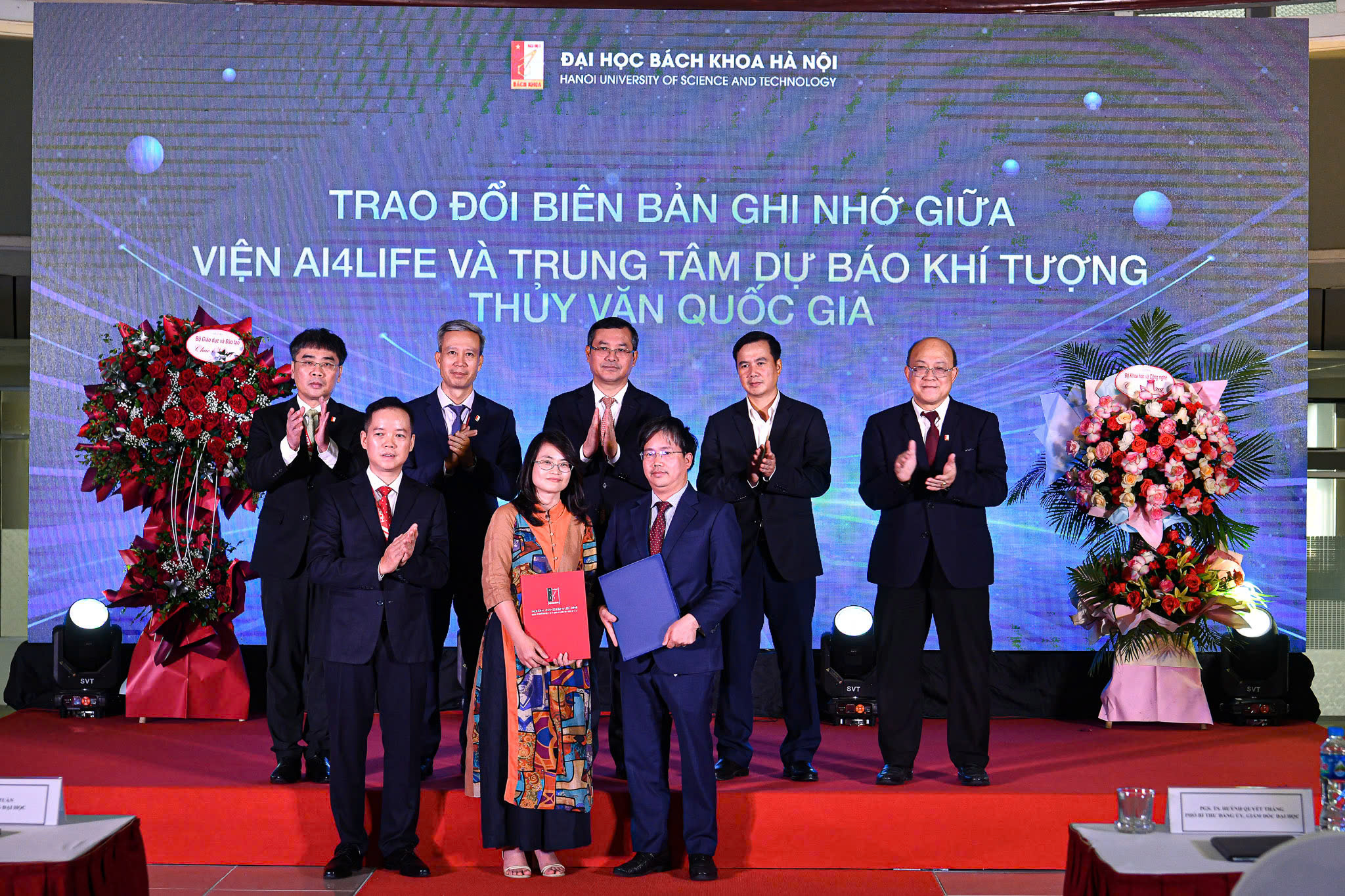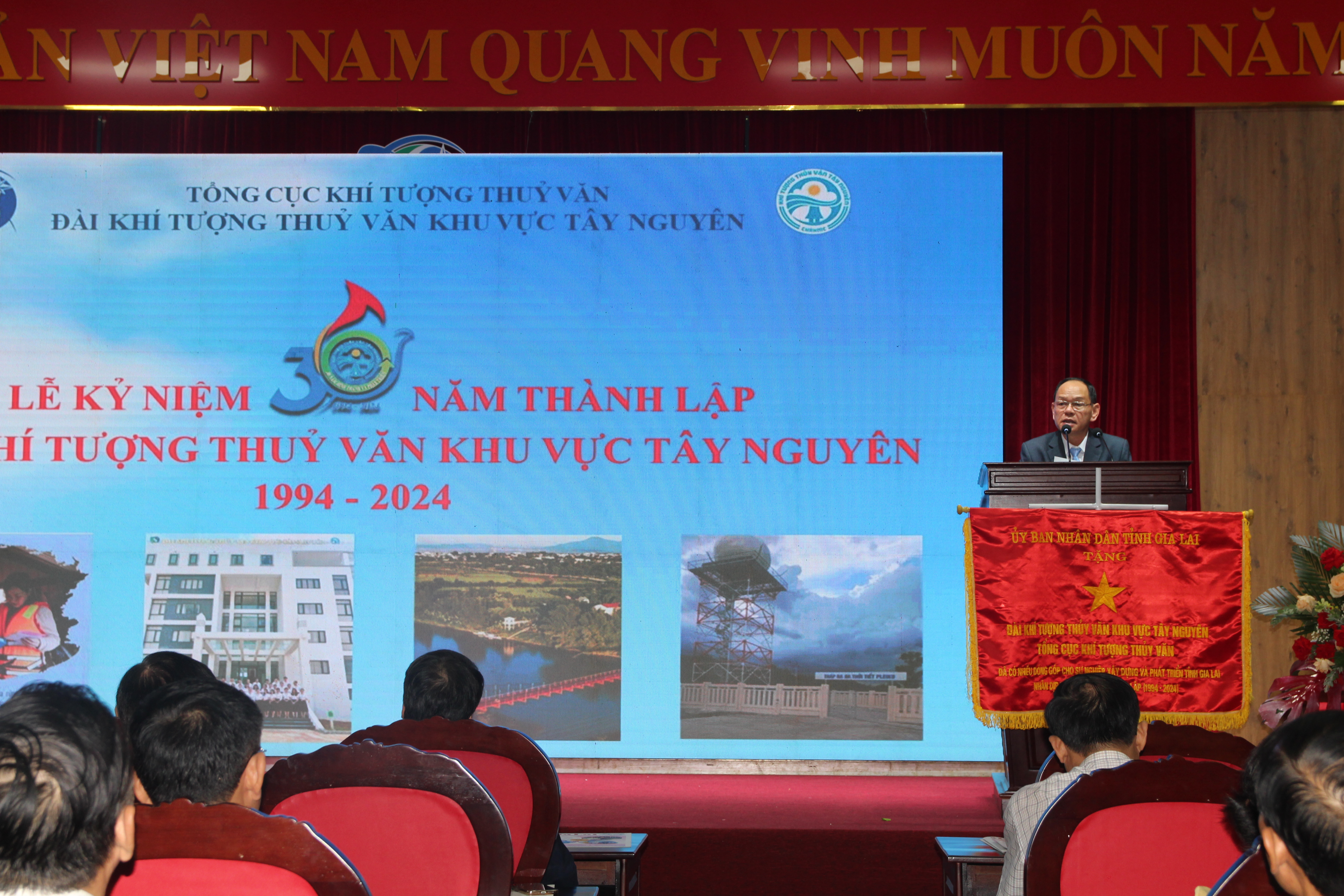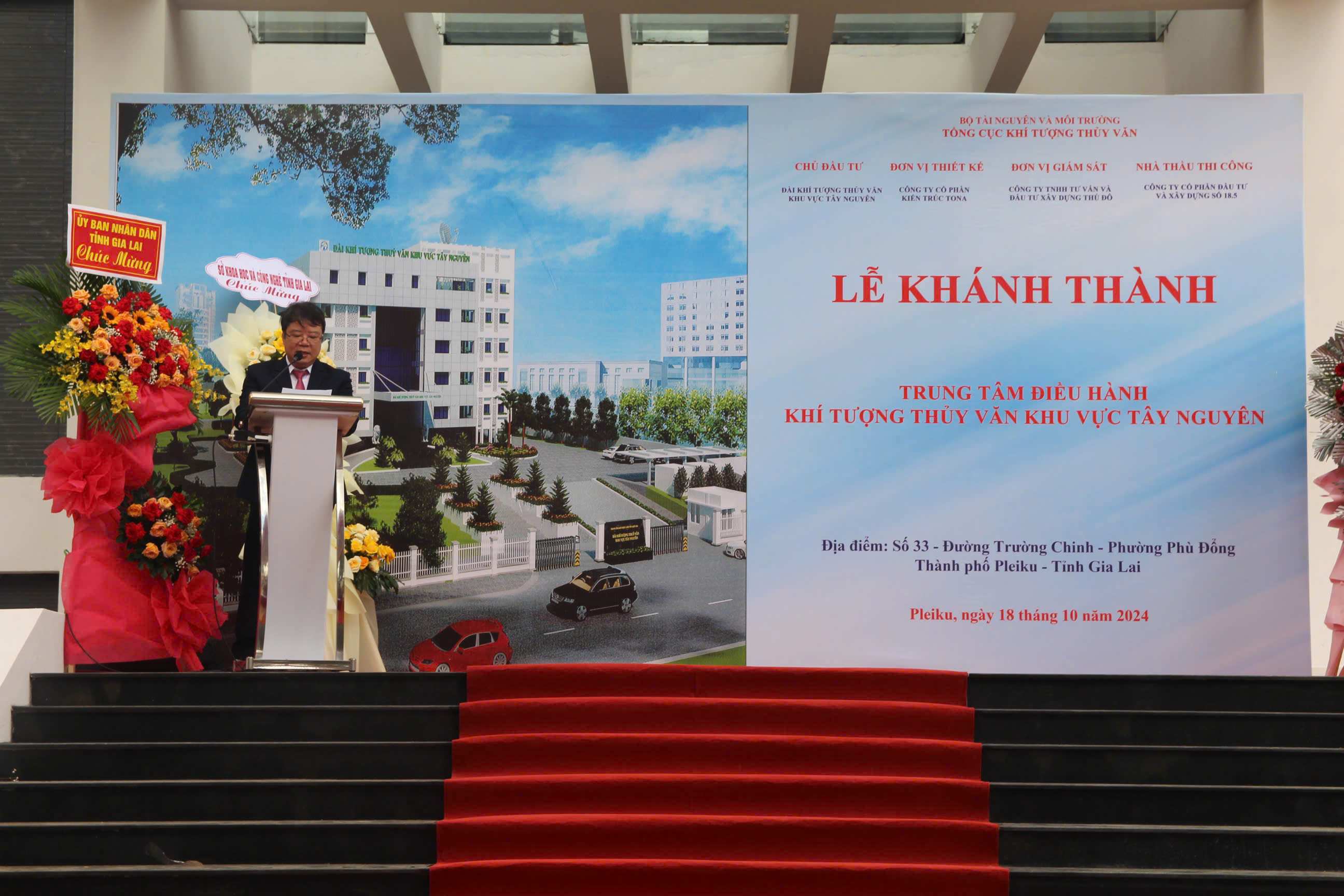|
No |
Research Paper and Author |
Page |
|
1 |
Activities of JICA on disaster prevention and achievement of JICA project in Period 1 Michihiko Tonouchi1*, Yasuhiro Kasuya2, Yasuhiro Tanaka3, Kunio Akatsu4, Kenji Akaeda5, Nguyen Vinh Thu6 1Japan Meteorological Business Support Center, Tokyo, 101–0054, Japan; 2Japan International Cooperation Agency, Hanoi, Vietnam; 3Vietnam Disaster Management Authority, Hanoi, Vietnam; 4Japan International Cooperation Agency, Narashino, Japan; 5Japan International Cooperation Agency, Viet Nam Meteorological and Hydrological Administration, Hanoi, Vietnam; 6Aero–Meteorological Observatory, Viet Nam Meteorological and Hydrological Administration, Hanoi, Vietnam; Abstract: The Japan International Cooperation Agency (JICA) has supported various natural disaster prevention activities in Vietnam in accordance with the “Sendai Framework for Disaster Risk Reduction 2015–2030”. From 2007 to 2017, around 90 percent of the total damages in Vietnam were accounted by water–related natural disasters. JICA implemented several grants and technical cooperation programs for reducing water–related disaster risks, and as a part of these activities, the “Project for Strengthening Capacity in Weather Forecasting and Flood Early Warning System” by the Vietnam Meteorological and Hydrological Administration (VNMHA) and JICA started in May 2018 as a 3.5 year project. In the Period 1 (June 2018 to March 2019), Automatic Weather Station (AWS) inspection and maintenance manuals were prepared and through trainings at Phu Lien and Vinh radar sites, practical radar maintenance knowledges were shared. Fifteen Automatic Rain Gauges (ARGs) were newly installed in Phu Lien and Vinh radar areas and radar composition started to cover whole Vietnam. For weather forecasting, temperature guidance for 63 cities by the Kalman Filter was developed, and precipitation products based on satellites were evaluated. Discussion on improvement of short–range precipitation forecasting up to 15 hours ahead also started. Keywords: JICA; Disaster risk reduction; International cooperation; Meteorological observation; Forecasting. |
1 |
|
2 |
A proposal of AWS maintenance and periodic calibration tools and installation of ARGs for Radar QPE calibration Masao Mikami1*, Hiroyuki Ichijo1, Koji Matsubara1, Le Xuan Duc2, Hoang Anh Nguyen2 1Japan Meteorological Business Support Center; 2Viet Nam Meteorological and Hydrological Administration; Abstract: Automatic weather station (AWS) can automatically observe surface weather elements and can transmit the data to data center through internet or mobile phone lines. Therefore, it is suitable to monitor mesoscale disturbances and precipitation, in particular. Viet Nam Meteorological and Hydrological Administration (VNMHA) currently operates AWS and Automatic Rain Gauge (ARG) networks by multi–national donors. However, the instruments were not calibrated after installation, and it was difficult to perform maintenance on a regular basis, so technical problems often occurred in their observation accuracy and reliable operation. Japan–Vietnam joint technical project between Japan International Cooperation Agency (JICA) and VNMHA started in May 2018. As part of this project, the introduction of AWS maintenance and traceability technology, and ARG network for the calibration of radar rainfall quantitative estimation (QPE) were proposed. In this paper, we discuss the current situation of AWS and ARG network in VNMHA. Next, we will explain the maintenance and cyclic calibration of the instrument proposed in this project. Furthermore, we will explain the installation plan of the ARGs to calibrate two radar data in Phu Lien and Vinh for the development of QPE. Installation of ARGs has been achieved with cooperative works of VNMHA staffs and JICA experts. So, we introduce their activities for each step from site survey to pre–operational evaluation. Furthermore, we will discuss future issues for stable and accurate observations of AWS and ARG networks. Keywords: Automatic Weather Station; Automatic Rain Gauge; Traceability; Calibration. |
13 |
|
3 |
Quantitative Precipitation Estimation by Combining Rain gauge and Meteorological Radar Network in Viet Nam Chiho Kimpara1, Michihiko Tonouchi2, Bui Thi Khanh Hoa3, Nguyen Viet Hung3, Nguyen Minh Cuong3, Kenji Akaeda4* 1Japan Weather Association, Tokyo170–6055, Japan; 2Japan Meteorological Business Support Center, Tokyo101-0054, Japan; 3Aero–Meteorological Observatory, Hanoi 10000, Vietnam; 4Japan International Cooperation Agency, Tokyo102–0084, Japan; Abstract: Real–time monitoring of quantitative precipitation distribution is essential to prevent natural disasters caused by heavy rainfall. Precipitation distribution by rain gauge network or combined with radar/satellite data is operationally used in Viet Nam. Previously, meteorological radar data was simply converted to precipitation amount by using simple Z– R relationship. In order to get the accurate quantitative precipitation estimation (QPE) data, converted precipitation amount from radar should be corrected by rain gauge data. In the ongoing JICA technical cooperation project, preliminary development of the QPE product has been conducted by utilizing the data from the automatic rain gauge network and meteorological radar network in Viet Nam. The fundamental part of this QPE algorithm has been used and updated in Japan Meteorological Agency (JMA) for more than 25 years. This is the first attempt to get quantitative precipitation distribution with precise resolution by combining radar and rain gauge data in Viet Nam. This paper describes each process to introduce this QPE method to Viet Nam and indicates some preliminary results. Several issues to improve its accuracy is also proposed. Keywords: Radar; Rain gauge; QPE; Quality Control; JICA. |
36 |
|
4 |
Development of maximum and minimum temperature guidance with Kalman filter for 63 cities in Vietnam up to 10 days ahead Kiichi Sasaki1*, Vu Tuan Anh2, Nguyen Thu Hang2, Do Thuy Trang2 1Japan Meteorological Business Support Center, Tokyo101–0054 Japan; 2National Center for Hydro–Meteorological Forecasting, Hanoi 10000, Vietnam; Abstract: Development of forecast guidance is one of the main activities of Output 3 of the JICA project to improve forecasting services of VNMHA. We applied the Kalman filter (KF) technique by using a calculation package which was provided in the JICA group training course in meteorology by the Japan Meteorological Agency (JMA) to Vietnam for the development of temperature guidance. Maximum and minimum temperature guidance was developed for 63 cities up to 3 days ahead using JMA Global Spectral Model (GSM) Grid Point Value (GPV) data and up to 10 days ahead using ECMWF Integrated Forecasting System (IFS) GPV data. Verification results show that Root Mean Square Errors (RMSEs) of GSM and IFS KF guidance are relatively large in the northern region in both maximum and minimum temperatures, but KF guidance greatly reduces RMSEs of direct model outputs in all regions throughout the year. RMSEs of IFS guidance become smaller than those of GSM guidance with increasing forecast time. Averaged RMSEs of KF guidance for 63 cities are smaller than those of city forecasts issued by forecasters in Nov–Dec 2019 and Jan–Feb 2020. These verification results suggest that accuracy of maximum and minimum temperature city forecasts will be improved by using KF guidance in daily forecasting. Keywords: Temperature guidance; Kalman filter; Grid Point Value (GPV); City forecast. |
51 |
|
5 |
Heavy rainfall in central Viet Nam in December 2018 and modification of precipitation analysis at VNMHA Kazuo Saito1,2,3*, Mai Khanh Hung4, Nguyen Viet Hung5, Nguyen Quang Vinh5, Du Duc Tien4 1Japan Meteorological Business Support Center, Tokyo101–0054, Japan; 2Atmosphere and Ocean Research Institute, University of Tokyo, Kashiwa 277–8564, Japan; 3Meteorological Research Institute, Japan Meteorological Agency, Tsukuba 305–0052, Japan; 4National Center for Hydro–Meteorological Forecasting, Hanoi 10000, Vietnam; 5Aero Meteorological Observatory, Hanoi 10000, Vietnam; Abstract: On 9 December 2018, a heavy rainfall event occurred in central Viet Nam, and at Da Nang, a record–breaking rainfall of 972 mm was observed in 24 hours. The operational precipitation analysis at the Viet Nam Meteorological and Hydrological Administration (VNMHA) on the day considerably underestimated the intense rains. We checked causes of underestimation and modified the precipitation analysis by revising the use of observation data from Automated Weather Stations (AWS) and meteorological radar data. Since the cloud top height of the precipitation system was not high, satellite precipitation estimates using Himawari–8 data drastically underestimated intense rains around central Viet Nam. GSMaP on the day detected the intense rains to a certain extent, and their rainfall estimates (GSMaP_MVK and GSMaP_NOW) were applied to precipitation analysis as alternative satellite estimates. The revised precipitation analysis showed much better representation of the precipitation system. Verification of three precipitation estimates (Himarari–8, GSMaP_MVK, and GSMaP_NOW) against AWS observation was conducted. GSMaP products clearly outperformed precipitation estimates by Himawari-8, though their standard product (GSMaP_MVK) was better than the real time version (GSMaP_NOW). Keywords: Heavy rainfall; JICA; GSMaP; Nowcast; Precipitation analysis; Himawari–8. |
65 |
|
6 |
Application of GSMaP Satellite data in precipitation estimation and nowcasting: evaluations for October 2019 to January 2020 period for Vietnam Mai Khanh Hung1*, Kazuo Saito2,3,4, Mai Van Khiem1, Du Duc Tien1, Nguyen Viet Hung5 1National Center for Hydro–Meteorological Forecasting; 2Japan Meteorological Business Support Center, Japan; 3Atmosphere and Ocean Research Institute, University of Tokyo, Japan; 4Meteorological Research Institute, Japan Meteorological Agency, Japan; 5Aero Meteorological Observatory; Abstract: The GSMaP Rainfall (Global Satellite Mapping of Precipitation) data (GSMaP_NOW and GSMaP_MVK) have been used for precipitation analysis at Vietnamese National Center for Hydro–Meteorological Forecasting (NCHMF) since October 2019. This study verified the quality of rainfall estimates of GSMaP_NOW, GSMaP _MVK and Himawari–8 based on 6 hourly rain gauge data from 184 SYNOP stations for a 4–month period from October 2019 to January 2020. The results show that GSMaP_MVK has the best rainfall estimate among the three data types in terms of RMSE, correlation and other categorical statistics except the probabilty of detection (POD). GSMaP_NOW was better than Himawari–8 for RMSE, correlation, and flase alarm rate, whilethe threat scores of GSMaP_NOW and Himawari–8 were in the same level. Himawari–8 tended to overestimate intense rains, and its bias scores were very large. This overestimation is significant when the cloud top temperature of prerecipitation system is very low. GSMaP_NOW can be used in parallel with Himawari–8 rainfall estimates to provide realtime information to the forecasters in forecasting and warning on the heavy rainfall, flash flood and landslide. Keywords: Satellite precipitation estimates; GSMaP_NOW; GSMaP_MVK; Himawari–8; Precipitation nowcasting; Verification of rainall. |
80 |
|
7 |
Identifying of the start date of the active tropical cyclone season in the western North Pacific and East Sea Nguyen Thi Diem Huong1, Ta Huu Chinh1* 1National Center for Hydro–Meteorological Forecasting Abstract: This paper presents the way of identifying the start date of an active storm season in the western North Pacific (WNP) and East Sea (ES). The start (end) date for an active TC season in a year is identified at 5th (95th) percentile of data. Normal and empirical distributions are used to estimate climatological thresholds for the early and late start of the active TC season. Climatological early (late) start is under (over) the date at 33% (67%) of cumulative probability function. Climatological early start is 24 April (20 May) while climatological late start is 28 May (20 June) for the WNP (ES). In the WNP, the start date of storm season tends to be in early and normal (normal and late) phase in post–La Niña (post–El Niño) years. The relationship is not really clear in ES. Keywords: Start of TC season; Climatological start date of TC season. |
95 |
|
8 |
Application of remote sensing techniques for analyzing operation of upstream reservoirs in transboundary river basins of Vietnam Tran Anh Phuong1*, Tran Manh Cuong1, Nguyen Hoang Van1, Pham Nhat Anh1, Nguyen Anh Duc1, Duong Hong Son1 1Water Resources Institute: Abstract: Operation of upstream reservoirs in transboundary river basins strongly influences water resources in Vietnam. However, due to the lack of observation data, it is difficult to have sufficient information on their operation. In that context, remote sensing with a global coverage has a great potential to provide this information. This study estimated the time series of surface water area by processing Landsat images from the Google Earth Engine platform. Then, the area – volume – elevation relationship constructed from DEM was used to derived the water level and volume from the surface water area datasets. The results showed that remote sensing enables to monitor temporal variations of water level and volume of reservoirs. Remote sensing can also detect the wet and dry periods and determine the operation of reservoirs, which supports to improve inflow prediction to Vietnam, and therefore, improve the water resources management in the transboundary rivers. Keywords: Transboundary river; Remote sensing; Reservoir operation; Water level. |
101 |

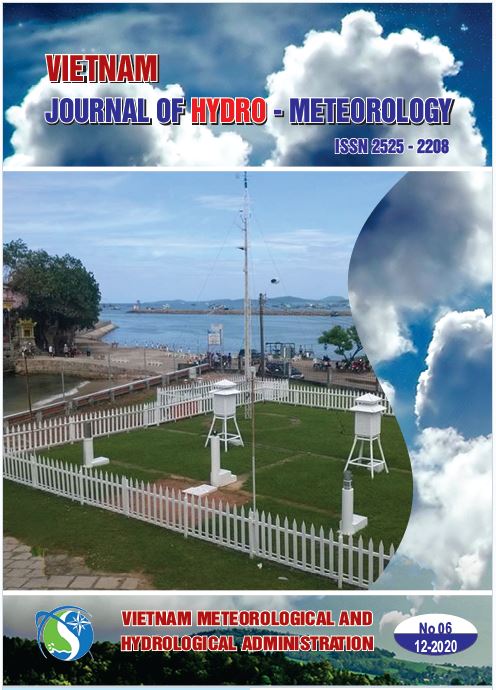

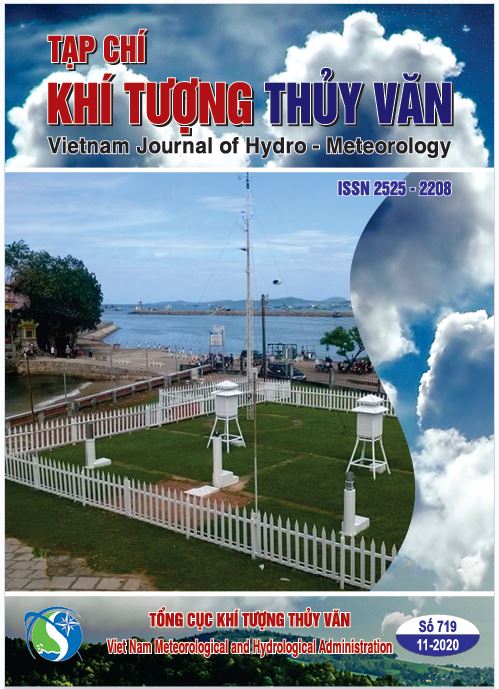



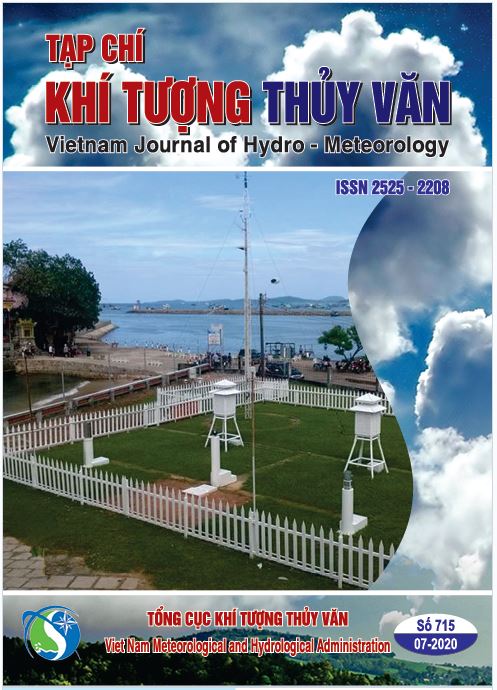
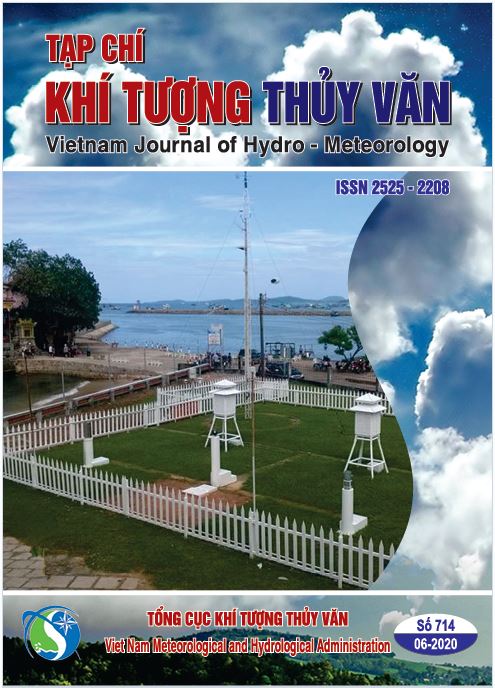
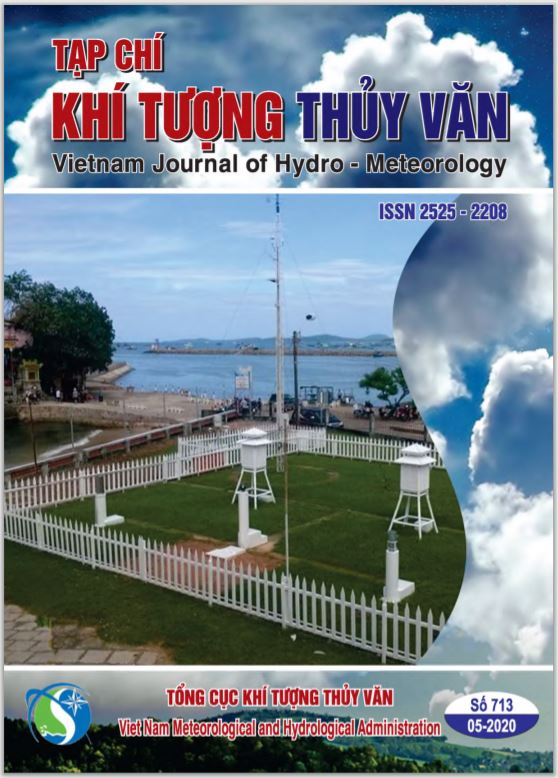
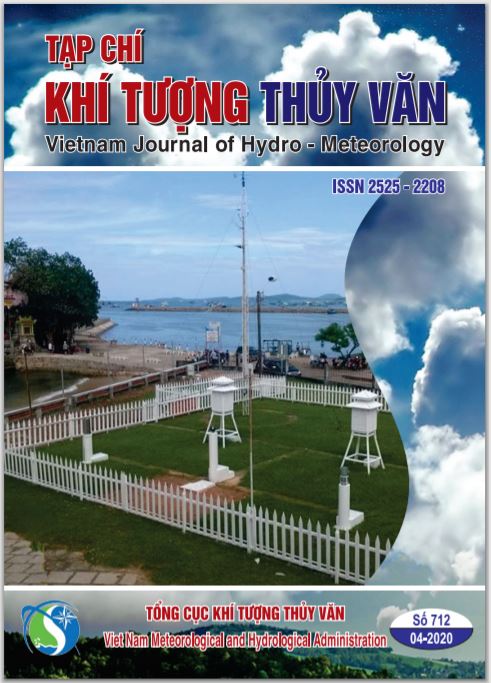

.png)
 Theo Trung tâm Dự báo khí tượng thủy văn quốc gia, hồi 4 giờ ngày 11-11, vị trí tâm bão số 7 ở vào khoảng 17,5 độ Vĩ Bắc; 111,8 độ Kinh Đông, trên vùng biển phía Bắc quần đảo Hoàng Sa. Sức gió mạnh nhất vùng gần tâm bão mạnh cấp 8, giật cấp 10. Di chuyển theo hướng Tây Nam, tốc độ khoảng 15 km/giờ.
Theo Trung tâm Dự báo khí tượng thủy văn quốc gia, hồi 4 giờ ngày 11-11, vị trí tâm bão số 7 ở vào khoảng 17,5 độ Vĩ Bắc; 111,8 độ Kinh Đông, trên vùng biển phía Bắc quần đảo Hoàng Sa. Sức gió mạnh nhất vùng gần tâm bão mạnh cấp 8, giật cấp 10. Di chuyển theo hướng Tây Nam, tốc độ khoảng 15 km/giờ. 
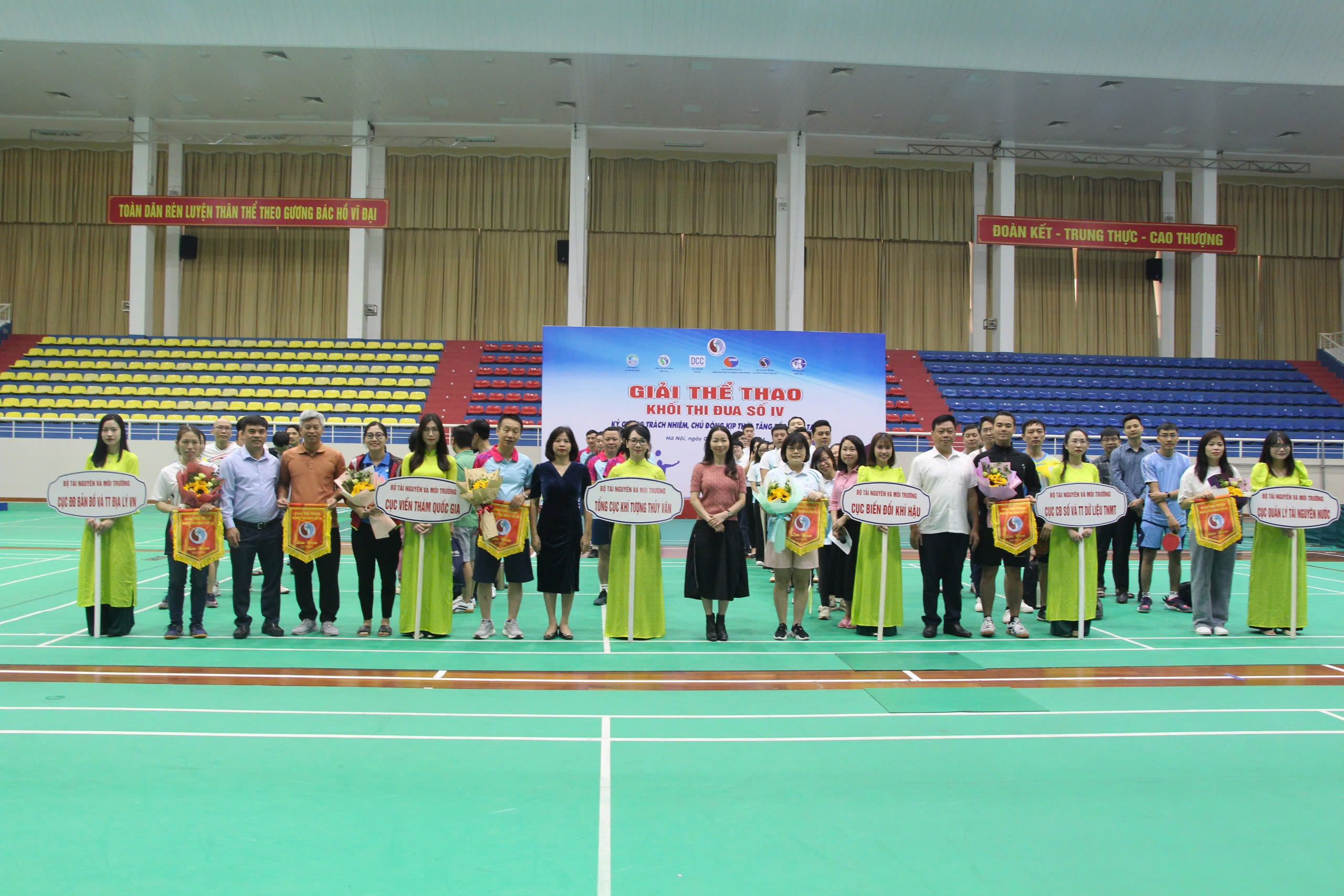
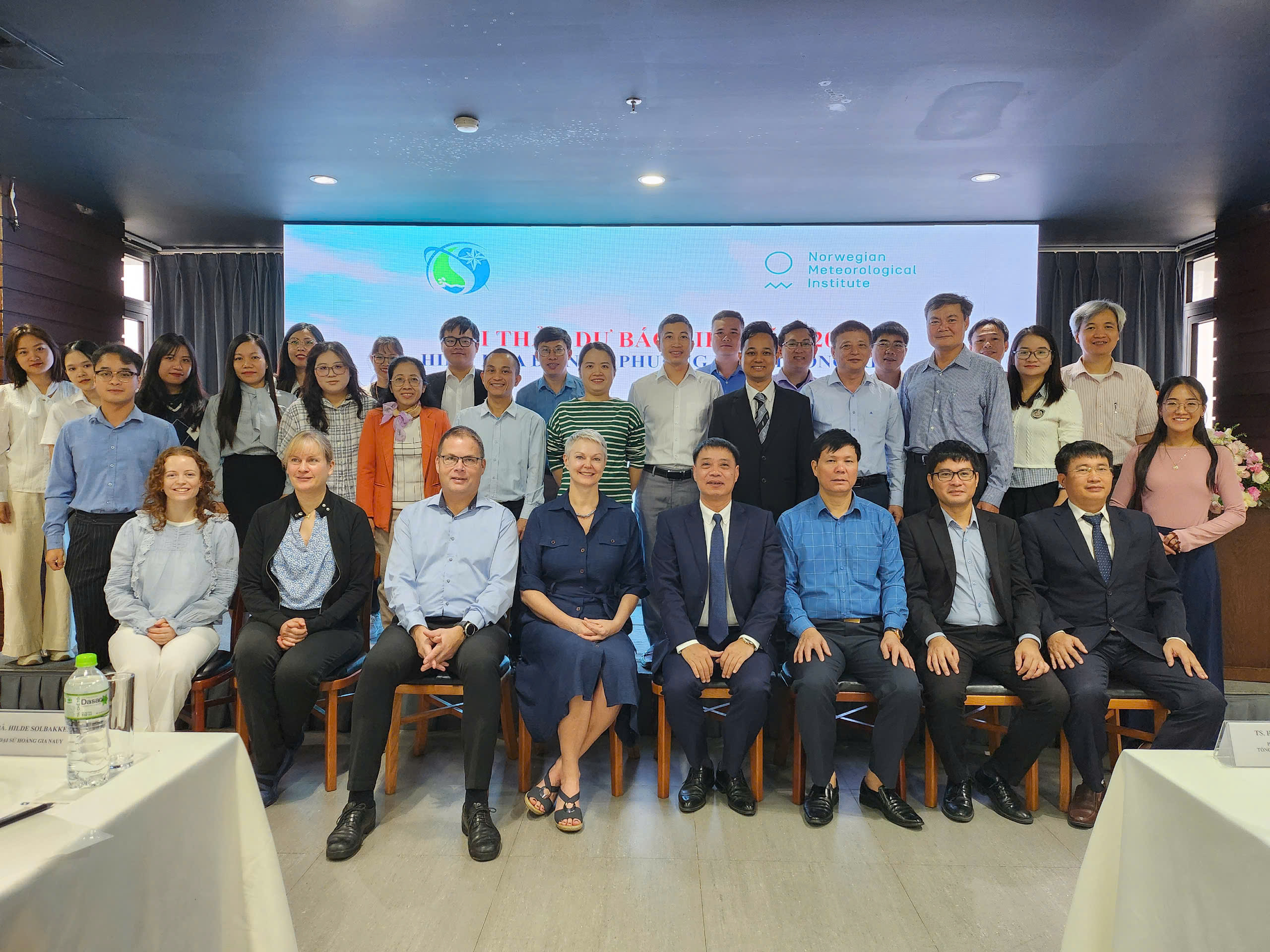
.jpg)
